Kinky vs. curly – unraveling the contrasts
Kinky and curly hair rank among the most prevalent hair types among individuals of African descent. Though they might appear similar at first glance, these two textures boast distinct differences. If you’re eager to uncover the disparities between kinky and curly hair, look no further. This article will illuminate the dissimilarities between these two hair types. Follow Blog Nice Hair Viet Nam on the following article.
What’s kinky hair weave?
Kinky hair weave, also known as afro-textured or kinky curly hair weave, is a type of hair extension or wig made from hair that has a natural afro-kinky texture. It is designed to closely mimic the appearance and feel of naturally kinky or coily hair that is typical of many people of African descent.
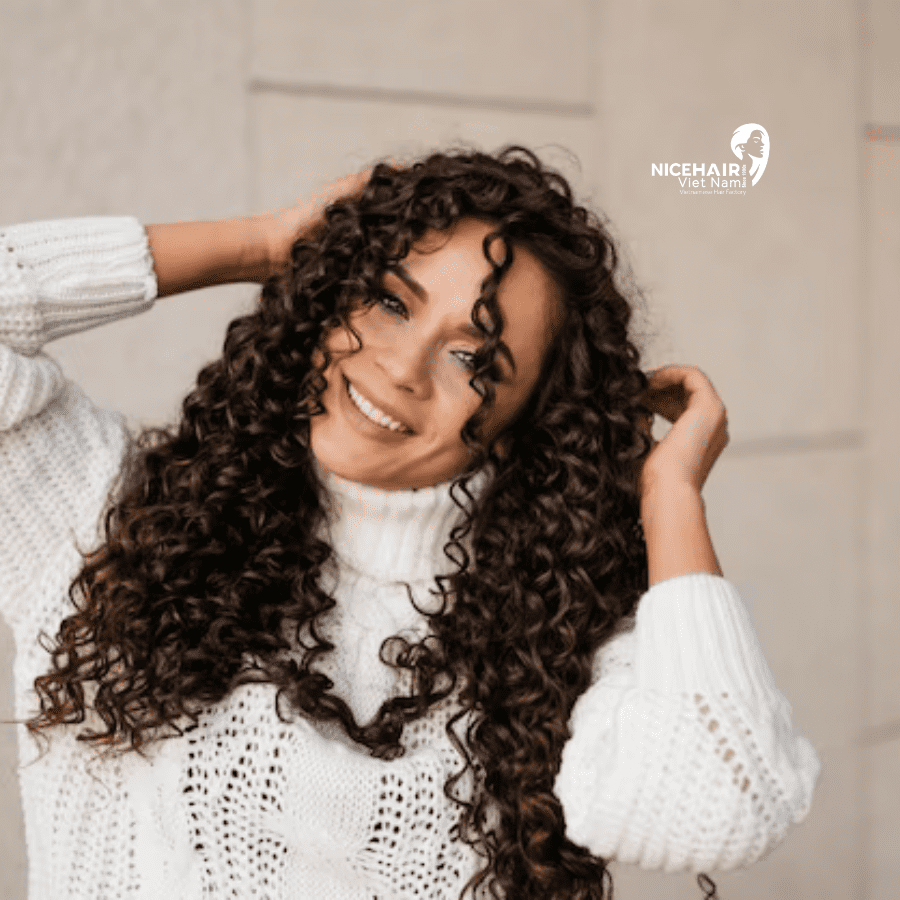
What do kinky weave hair look like?
Kinky weave hair has a distinct appearance characterized by tight coils and a zig-zag pattern. It closely resembles the natural afro-kinky texture found in many people of African descent. The hair strands in kinky weave are tightly coiled and tend to have a lot of volume, giving it a dense and full look.
Yaki straight vs kinky straight, are they similar?
Yaki straight and kinky straight are two popular hair textures used in hair extensions and weaves, and they have their own unique characteristics that set them apart.
Yaki straight hair, as mentioned earlier, is designed to imitate the look of relaxed or straightened hair. It is often chosen by individuals who want a straight hair appearance with a bit of texture to mimic the feel of chemically processed hair. The texture of yaki straight hair is usually smooth and silky, but it has a subtle coarseness to replicate the natural texture of straightened afro-textured hair. Yaki straight hair extensions or weaves offer a versatile option for those who desire a relaxed yet textured look, providing a more realistic appearance compared to completely straight hair extensions.
On the other hand, kinky straight hair is sought after by individuals who prefer a more natural and coarser texture. It mimics the appearance of naturally kinky or coily hair that has been straightened without the use of chemicals. Kinky straight hair extensions have a unique texture that is closer to the feel of unprocessed afro-textured hair, offering a more authentic and realistic option for those who want a natural look with a bit of straightness.
While yaki straight and kinky straight hair both aim to achieve a straightened look, the key difference lies in their textures and methods of processing. Yaki straight hair is typically achieved through heat styling or chemical treatments to create a slight texture that resembles relaxed hair. In contrast, kinky straight hair is achieved through steam processing or other methods that maintain a coarser and more natural feel, resembling straightened natural hair without the use of chemicals.
While yaki straight and kinky straight hair share the common goal of providing a straightened hair appearance, they cater to different preferences and hair types. Yaki straight offers a smooth and slightly textured look, ideal for those who want a relaxed hair appearance, while kinky straight provides a coarser and more natural texture, perfect for individuals seeking a straightened yet authentic look. Understanding the distinctions between these two hair textures allows individuals to make informed decisions based on their desired style and hair type.
What is curly hair weave?
Curly hair weave is a type of hair extension or wig that is made from hair with a naturally curly texture. It is designed to mimic the appearance and feel of naturally curly hair and is often used to add length, volume, and different curl patterns to a person’s natural hair.

What does curly hair look like?
Curly hair showcases a unique texture defined by either tight or loose spirals, coils, or waves. The appearance of the curls may differ in size and shape, influenced by the individual’s hair type and genetic makeup. Curly hair often exhibits traits like frizz, thickness, or abundant volume, a result of its growth pattern and the natural oils produced by the scalp. Overall, curly hair is dynamic, full of life, and offers a bouncy, vibrant quality. It grants the freedom to explore various styling options, whether worn down gracefully or pulled back into a chic ponytail or bun.
The most common curly hair textures
Curly hair comes in various textures, and understanding these classifications can be beneficial for hair care and styling. The most common curly hair textures are typically grouped into different categories, each exhibiting distinct characteristics:
- Type 2: Wavy Hair – This hair type features loose, flowing waves with a gentle curve. Although it is not tightly coiled like true curls, it still possesses a charming texture that adds softness and movement to the hair.
- Type 3: Curly Hair – Curly hair falls into this category, characterized by tighter and more defined curls. Within Type 3, there are three subcategories with their own unique attributes:
- Type 3A: Springy Curls – This subcategory boasts loose curls with a well-defined S-shape. The curls are vibrant, bouncy, and impart a sense of playfulness to the overall look.
- Type 3B: Medium-Sized Curls – Type 3B hair has curls that are slightly tighter with a more pronounced S-shape. Although they offer incredible definition, they are prone to frizz in humid conditions.
- Type 3C: Corkscrew Curls – Type 3C hair is characterized by tight, corkscrew-like curls that are densely packed together. These coils exude a sense of elegance and are often voluminous and eye-catching.
- Type 4: Coily Hair – Type 4 hair has a tight, zigzag pattern that sets it apart from wavy or loose curly hair. Similar to Type 3, Type 4 is further divided into three subcategories:
- Type 4A: S-Shaped Coils – This hair type features tightly coiled hair with an S-shaped pattern. The coils are defined, and the hair can be styled in various ways.
- Type 4B: Z-Shaped Coils – Type 4B hair forms z-shaped coils, creating a sharp angle. This texture often presents a unique, captivating look and can be styled with creativity and flair.
- Type 4C: Tightly Coiled – Among the tightest coils, Type 4C hair appears dense and has no defined curl pattern. It requires careful maintenance and hydration to retain its natural beauty.
Understanding these classifications enables hair care professionals and brands to tailor products and treatments specifically for different hair types. It also empowers individuals with curly hair to identify their unique texture and make informed choices regarding styling and maintenance. Embracing and celebrating the diversity of curly hair textures allows for a wide array of captivating and enchanting hairstyles that reflect the beauty of natural curls.
Different between kinky vs curly hair
Indeed, kinky and curly hair are both beautiful and unique in their own ways, yet they have several notable differences that set them apart.
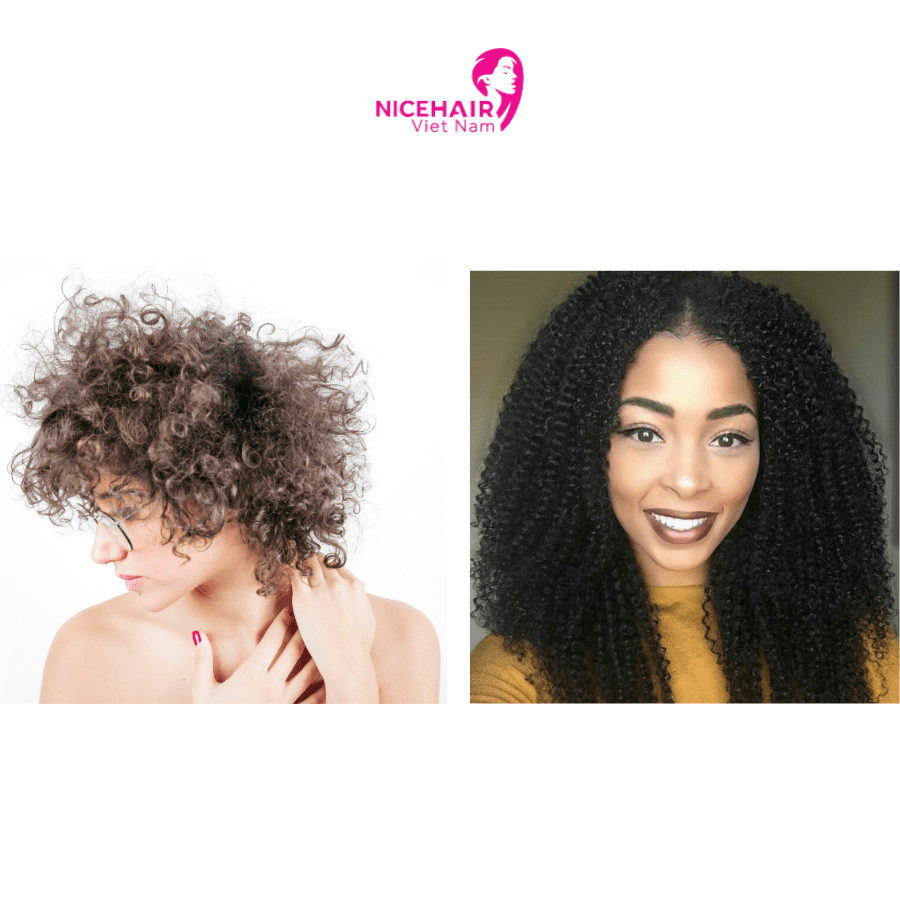
Kinky hair showcases a tight curl pattern, often forming coils or zigzag shapes. This texture is characteristic of many people of African descent and can vary from small, tight curls to larger coils. Kinky hair tends to have significant shrinkage, which means it appears much shorter when wet or stretched compared to its dry state. This shrinkage can sometimes make the hair appear shorter than it actually is, leading to challenges when trying to estimate its true length. Due to its coily nature, kinky hair is also more susceptible to tangling and knotting, requiring extra care when detangling to prevent breakage. Additionally, kinky hair is prone to dryness because the natural oils produced by the scalp have a harder time traveling down the hair shaft due to its coiled structure. Regular moisturizing and sealing are essential to keep kinky hair well-nourished and healthy.
On the other hand, curly hair exhibits a looser curl pattern compared to kinky hair. It encompasses a broader spectrum of curl types, ranging from slightly wavy to corkscrew curls. Curly hair, like kinky hair, may also experience some degree of shrinkage when wet, but it generally has less shrinkage than kinky hair. Curly hair is known for being more manageable and easier to detangle, making it less prone to tangling and knots. While curly hair can also experience dryness, it often retains more moisture compared to kinky hair due to its looser texture, making it generally less susceptible to dryness-related issues.
Despite their differences, both kinky and curly hair types require special care and attention to maintain their natural beauty and health. Proper hair care practices, such as using suitable products, gentle detangling methods, and regular deep conditioning, are crucial for ensuring the longevity and vitality of both kinky and curly hair. Embracing the unique characteristics of each hair type and tailoring the care routine accordingly will help individuals with kinky or curly hair fully embrace and celebrate the natural beauty of their tresses.
Choosing the right style
When it comes to hairstyles, one size does not fit all, and the key to rocking the perfect look lies in understanding your hair type and texture. Whether you have kinky or curly hair, making an informed choice can significantly impact how you feel and look. Let’s explore the essential factors to consider and the significance of embracing your natural hair texture for a style that truly suits you.
Determining your hair type and texture
Understanding your hair type is the first step in choosing the right style. Hair types are often categorized into several classifications, ranging from straight (Type 1) to wavy (Type 2), curly (Type 3), and coily (Type 4). Within the curly and coily categories, there are further distinctions based on the curl pattern and texture. To identify your hair type accurately, examine your hair when it’s in its natural state, without any product or manipulation.
Factors to consider: kinky vs. curly hairstyles
Once you’ve determined your hair type, the next step is to weigh the factors that will influence your decision between kinky and curly hairstyles. Here are some key considerations:
- Hair texture: Kinky hair is known for its tight coil pattern, while curly hair boasts looser, well-defined curls. If you prefer a more structured and uniform look, curly hair might be your go-to choice. On the other hand, if you love the bold and distinctive appearance of tight coils, kinky hairstyles could be the perfect fit.
- Maintenance and styling: Kinky hair tends to be more fragile and prone to dryness, requiring extra care and moisture. Curly hair, while still requiring proper maintenance, can be easier to manage and style due to its more manageable curl pattern. Consider your daily styling routine and how much time you’re willing to dedicate to your hair’s upkeep.
- Versatility: Both kinky and curly hairstyles offer versatility in styling options. Curly hair can be worn in loose waves or bouncy ringlets, while kinky hair can be styled into various protective and creative looks. Think about the range of hairstyles you’d like to experiment with and how each hair type aligns with your desired aesthetics.
- Personal preference: Ultimately, your personal preference and style vision play a crucial role in choosing the right hairstyle. Consider the looks that make you feel most confident and reflect your personality. Embracing your natural hair texture allows for an authentic and genuine expression of self.
Embracing natural hair texture and self-expression
Choosing the right hairstyle goes beyond fitting societal norms or following trends; it’s about embracing your natural beauty and celebrating your uniqueness. Your hair texture is a reflection of your heritage, history, and individuality. Embrace the texture you were born with, whether it’s kinky, curly, or anything in between, as it represents a part of your identity.
By choosing a hairstyle that complements your natural hair texture, you not only enhance your appearance but also foster self-love and confidence. Embracing your hair as it naturally grows empowers you to showcase your genuine beauty and encourages others to do the same.
In conclusion, selecting the right hairstyle involves understanding your hair type, considering various factors, and, most importantly, embracing your natural hair texture. Whether you decide on a chic curly hairstyle or opt for a statement-making kinky look, the key is to choose what makes you feel most like yourself. Celebrate your unique beauty, and let your natural hair texture be the canvas for your self-expression and style.
Hair care tips for kinky and curly hair
Kinky and curly hair types have unique needs that require specific care to maintain their health and beauty. To help you keep your hair in optimal condition, here are some essential hair care tips tailored for each hair type:
Tips for maintaining healthy kinky hair
- Moisturize regularly: Kinky hair tends to be drier due to its coily structure, so it’s crucial to moisturize regularly. Use a water-based leave-in conditioner or spritz your hair with water before applying a moisturizing cream or oil to seal in moisture.
- Deep conditioning: Incorporate deep conditioning treatments into your hair care routine at least once a week. Look for deep conditioners with nourishing ingredients like shea butter, coconut oil, and aloe vera to hydrate and strengthen your kinky hair.
- Protective styling: Embrace protective styles like braids, twists, or buns to minimize manipulation and prevent breakage. Protective styles help retain moisture and reduce friction, which is beneficial for maintaining healthy kinky hair.
- Gentle detangling: Use a wide-tooth comb or your fingers to detangle your hair gently. Start from the ends and work your way up to prevent unnecessary pulling and breakage.
- Nighttime care: Protect your hair at night by using a satin or silk bonnet or sleeping on a satin pillowcase. This reduces friction and helps retain moisture in your kinky hair.
Effective hair care techniques for curly hair types

- Avoid overwashing: Curly hair tends to be drier than straight hair, so avoid washing it too frequently. Washing your hair once or twice a week should suffice to maintain its natural oils and moisture.
- Use sulfate-free shampoo: Choose a sulfate-free shampoo that is gentle on your curls and won’t strip them of their natural oils. Look for products labeled as “curl-friendly” or “for curly hair.”
- Define your curls: Enhance your curls’ definition by using curl-enhancing products like gels or curl creams. Apply the product to damp hair and scrunch to encourage curl formation.
- Pineapple your hair: Preserve your curls overnight by gathering your hair at the top of your head, forming a loose ponytail resembling a pineapple. This technique prevents crushing and preserves your curls’ shape.
- Refresh with water: On non-wash days, refresh your curls by spritzing them with water or a mixture of water and leave-in conditioner. Gently scrunch your curls to revive their bounce and shape.
Suitable products and ingredients for both hair types
- Leave-in conditioners: Look for leave-in conditioners with moisturizing properties to keep both kinky and curly hair hydrated throughout the day.
- Natural oils: Coconut oil, jojoba oil, and argan oil are excellent options for sealing in moisture and adding shine to both hair types.
- Shea butter: Shea butter is rich in nutrients and helps protect and moisturize both kinky and curly hair, promoting overall hair health.
- Aloe vera: Aloe vera has soothing and hydrating properties, making it beneficial for both hair types to maintain moisture and prevent dryness.
Preventing and managing common hair issues
- Frizz control: To combat frizz, use anti-frizz serums or oils sparingly on damp hair to smoothen the hair cuticles and reduce frizz.
- Heat styling: Minimize heat styling to prevent damage. If you must use heat, apply a heat protectant to safeguard your hair from heat-induced harm.
- Split end prevention: Regular trims every 6-8 weeks help prevent split ends and maintain healthy-looking hair.
- Scalp health: Keep your scalp clean and moisturized to prevent dryness and flakiness. Massage your scalp regularly to stimulate blood flow and promote healthy hair growth.
By following these hair care tips and techniques, you can maintain the health and beauty of your kinky or curly hair. Embrace your natural hair texture, and with proper care, watch it flourish and radiate its unique beauty!
Styling ideas and inspiration
Hairstyles for kinky hair:
- Protective twists: Create beautiful twists, such as Senegalese twists or Marley twists, to protect your kinky hair while showcasing a stylish and low-maintenance look.
- Defined wash-and-go: Enhance your natural coils with a defined wash-and-go style using a curl defining cream or gel. This allows your curls to shine with minimal manipulation.
- High bun: Gather your kinky hair into a high bun for an elegant and sophisticated look. You can accessorize with a stylish headband or decorative hairpins.
- Faux hawk: Show off your bold side with a fierce faux hawk hairstyle. Gather the sides of your hair and pin them up towards the center to create the illusion of a mohawk.
- Braided updo: Opt for an intricate braided updo for a special occasion. This style keeps your hair off your face while showcasing the beauty of your natural curls.
Hairstyles for curly hair:
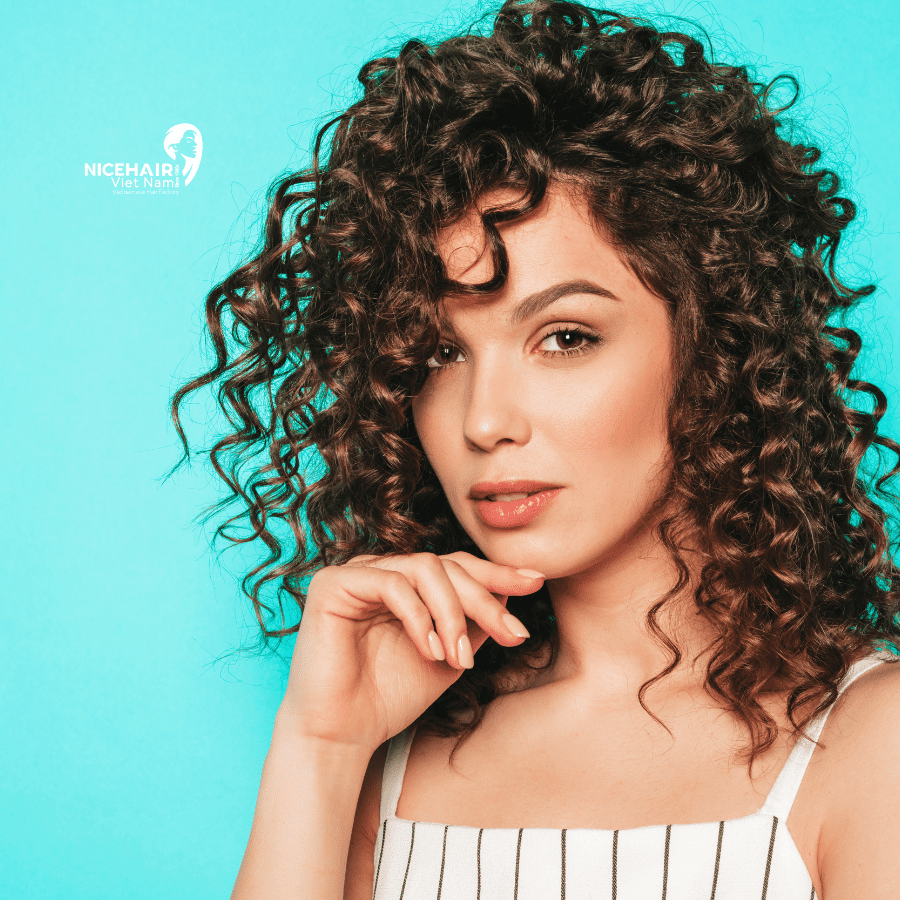
- Messy top knot: Embrace the carefree charm of a messy top knot. Gather your curls into a high bun, leaving a few loose tendrils for a relaxed and effortlessly chic look.
- Half-up half-down: Showcase the versatility of your curly hair by styling it half-up and half-down. Use a decorative clip or hairband to secure the top section for added flair.
- Braided crown: Create a crown braid by braiding sections of hair around your head. This elegant and boho-chic style complements curly hair beautifully.
- Curly ponytail: Elevate a classic ponytail by incorporating your natural curls. Secure your curls into a high or low ponytail for an easy yet stylish look.
- Pinned side sweep: Sweep one side of your curly hair to the side and secure it with bobby pins or a decorative hair clip for a romantic and sophisticated look.
Tips for achieving a balanced and vibrant look:
- Embrace volume: Both kinky and curly hair naturally have volume, so don’t shy away from it. Embrace the fullness and use products that enhance volume without weighing down your hair.
- Accessorize: Elevate your hairstyles with hair accessories like headbands, scarves, or decorative clips. These can add a touch of flair and personality to your look.
- Play with color: Experiment with hair colors or highlights that complement your skin tone and add dimension to your curls or coils.
- Protective styling: Incorporate protective styles into your hair care routine to protect your hair from damage and promote healthy growth.
- Hydration and nourishment: Keep your hair hydrated and nourished by using moisturizing products and incorporating regular deep conditioning treatments.
- Confidence is key: No matter which style you choose, wear it with confidence. Embrace your natural hair texture and rock your unique look with pride.
Remember, styling your kinky or curly hair should be a fun and creative process. Explore various hairstyles, be open to trying new looks, and celebrate the beauty of your natural hair. By understanding your hair type and using the right products and techniques, you can achieve a balanced and vibrant look that showcases the brilliance of your curls or coils. Let your hair be a reflection of your individuality and confidence, and most importantly, enjoy the journey of discovering and celebrating the versatility of your unique hair texture.
Conclusions
By now, you should have a clear understanding of the distinctions between kinky and curly hair. If you’re seeking a hairstyle that can transform your appearance, why not consider experimenting with both kinky and curly hair? Embracing these unique hair types opens up a world of creative possibilities, allowing you to explore diverse and captivating looks that showcase the natural beauty of your tresses. Whether you opt for the tight coils of kinky hair or the elegant allure of curly locks, each style has its own charm and can help you express your individuality with confidence. So, go ahead and have fun trying out different hairstyles to discover the one that best complements your personality and enhances your overall look. Let your hair be a canvas for self-expression and embrace the beauty of your natural texture, whether it’s kinky or curly!
Contact us
- Website: nicehairvietnam.com
- Whatsapp: (+84) 846009647
- Email: [email protected]
- Factory address: Factory No1, Dong Tho’s Street Zone, Yen Phong Dist., Bac Ninh Province, Vietnam.
- Office: No.25 Tho Thap Ward, Dich Vong Hau Ward, Cau Giay District, Hanoi City, Viet Nam.

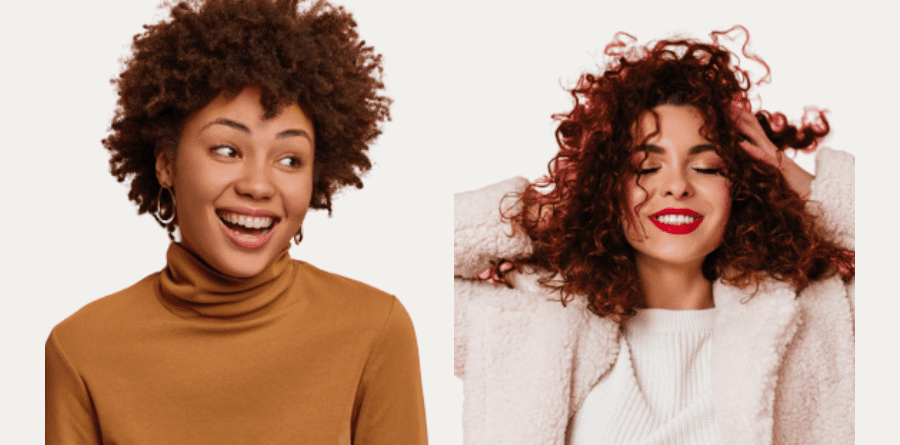
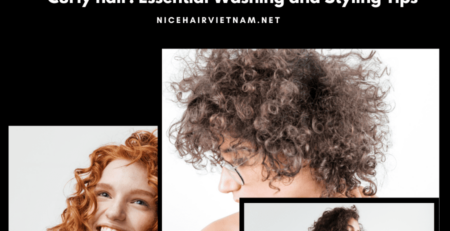
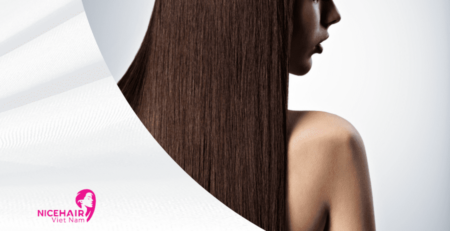
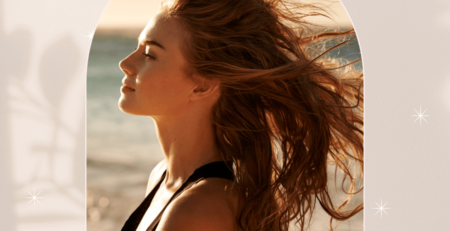
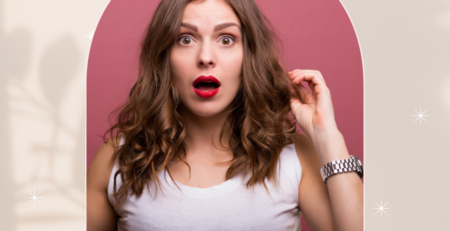
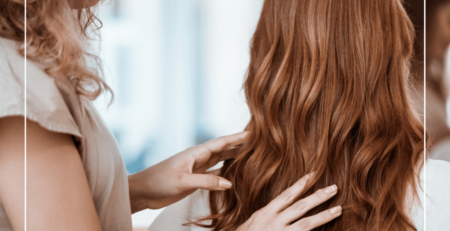
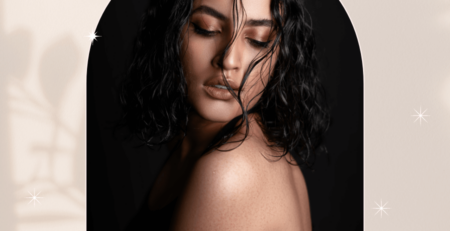
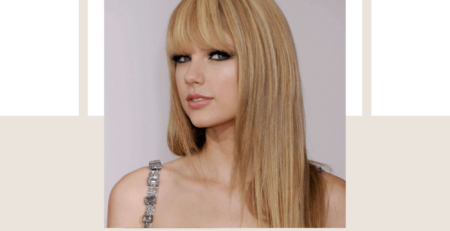
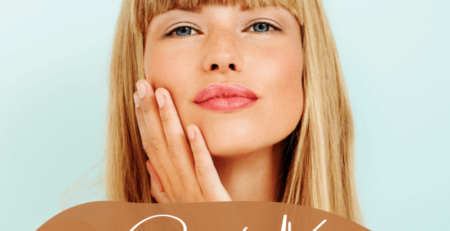
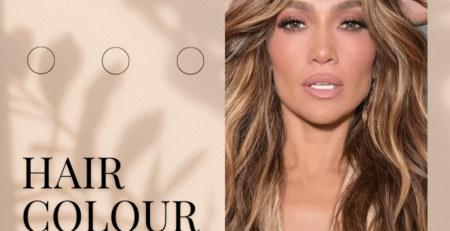
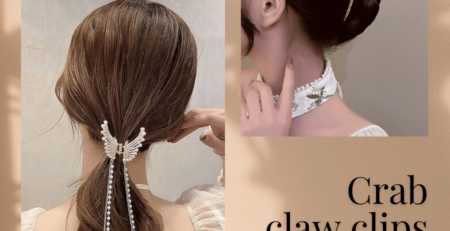
Leave a Reply